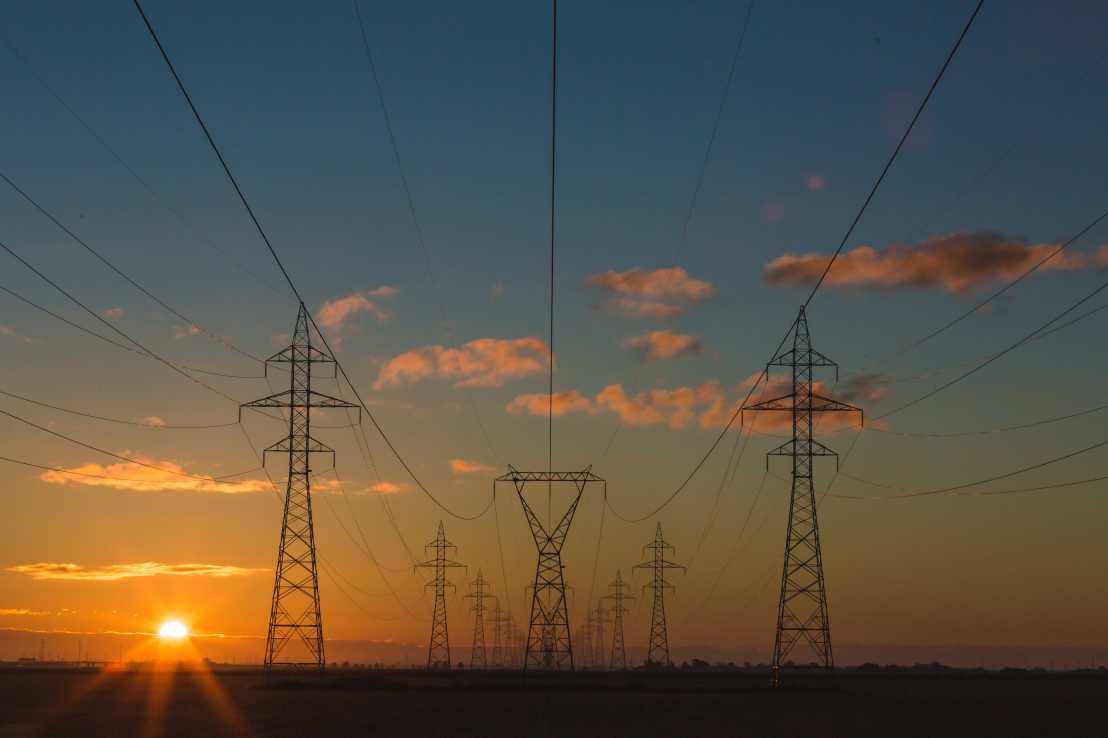Electricity grids

Photo Credit: Matthew Henry on Unsplash
The electricity grid is the backbone of the energy transition. As the electricity system undergoes its own transformation from traditional high-emission sources of generation like coal to low-emission and renewable generation, it must also expand to support added demand from the electrification of transportation, heating, and industry. New technologies including electric vehicles, smart home devices, batteries, and distributed generation are reshaping the system at the distribution level, bringing new challenges and new opportunities for flexibility.
At SusTec, our research investigates the policies and technologies shaping the future of the electricity system.
Key findings:
- The German electricity system will need a mix of short- and long-term storage and a large increase in storage deployment after 2030 to support the changing system. (DownloadThimet and Mavromatidis, 2023vertical_align_bottom)
- California should gradually phase-out feed-in remuneration and introduce fixed charges for owners of solar photovoltaics to support continued uptake and avoid an increase in electricity prices. (DownloadSchwarz et al., 2019vertical_align_bottom)
- The interactions between electricity prices and electric vehicles, photovoltaics, and battery adoption are complex. While time-of-use rates support battery storage adoption, they can cause over-coordination of electric vehicle charging; while hourly electricity rates better distribute electric vehicle charging around midday, they can slow the diffusion of photovoltaics. (DownloadSchwarz et al., 2020vertical_align_bottom)
- Many diverging pathways have been proposed for the electricity system transition in Switzerland and its neighbours. Wind, solar, and natural gas will be key actors under most scenarios, but the role of storage will depend on policy developments (DownloadThimet and Mavromatidis, 2022vertical_align_bottom).
Contact persons:
